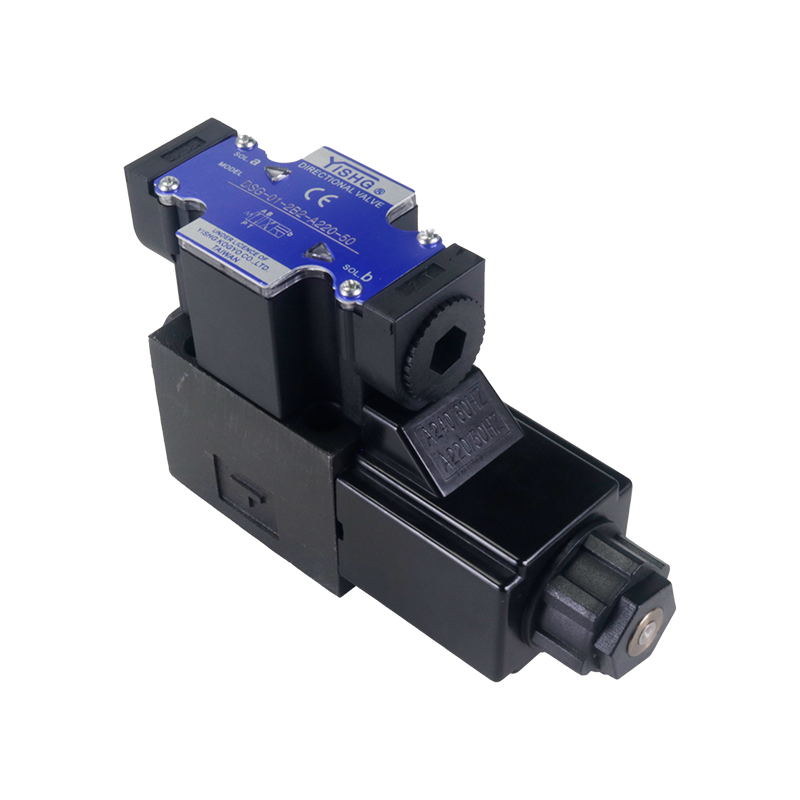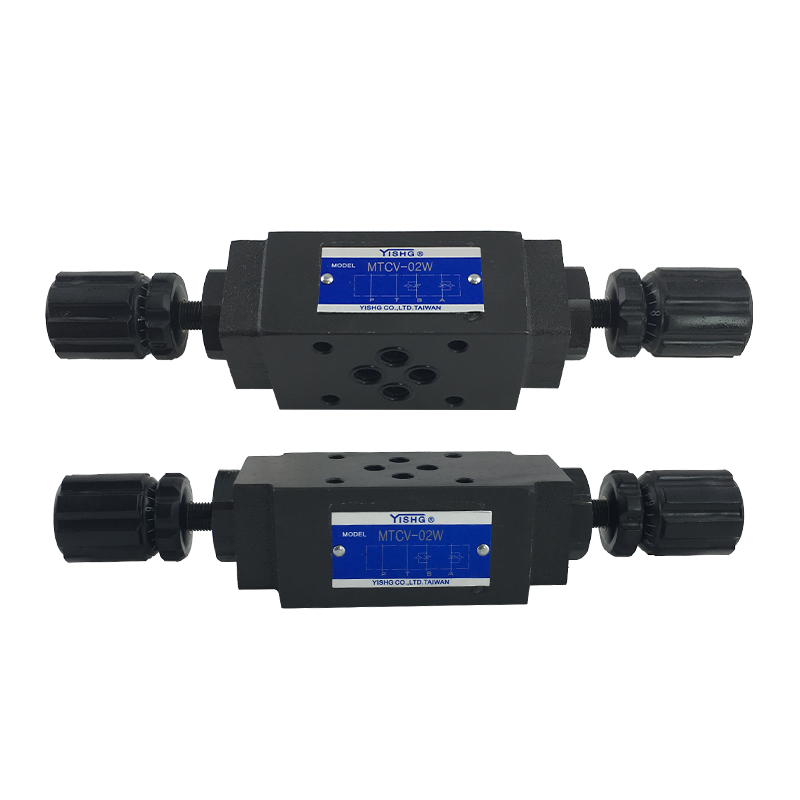How to identify the quality of the hydraulic valve?
Hydraulic valves are divided into directional control valves, flow control valves, and pressure control valves. Some users still don’t know much about their purchase, and don’t know how to identify their quality.As below, I will explain them in detail with you .

1. Material requirements
(1) The electromagnetic reversing valve adopts a slide valve structure. When the electromagnet is energized, the cylindrical valve core moves back and forth inside the valve body, which inevitably causes friction with the valve body. At the same time, the electromagnetic reversing valve is subjected to high pressure inside, which aggravates the wear phenomenon. Therefore, the high-pressure, high-frequency environment puts forward higher requirements on the durability of the electromagnetic reversing valve.
(2) The electromagnet used in the electromagnetic reversing valve is also the key. In addition to ensuring long-term pressure resistance in high-voltage environments, it can also ensure low temperature rise during high-voltage and high-frequency operation. If the hydraulic oil temperature is too high, the oil quality will change, which will easily cause the hydraulic system to malfunction or even component failure.
(3) Other detailed materials, such as the hardness of the sealing O-ring, the material of the return spring, etc., will also affect the working performance of the electromagnetic reversing valve.

2. Process requirements
(1) The fit gap between the valve core and the valve body, since the valve core needs to move smoothly in the valve body, a certain gap must be ensured between the two.
(2) However, if the gap is too large, the sealing between the oil ports cannot be realized, and the internal leakage is too large. Under the premise of smooth movement of the spool, the smaller the matching clearance, the more the electromagnetic reversing valve can withstand high pressure and maintain good sealing.
(3) At the same time, the coaxiality of the spool also has extremely high requirements. The coaxiality of the spool is poor, and the force on each point of the spool is not equal under the pressure environment. The pressure difference causes the spool to be pushed to one side and close to the inner wall of the valve, causing the valve to be stuck.
